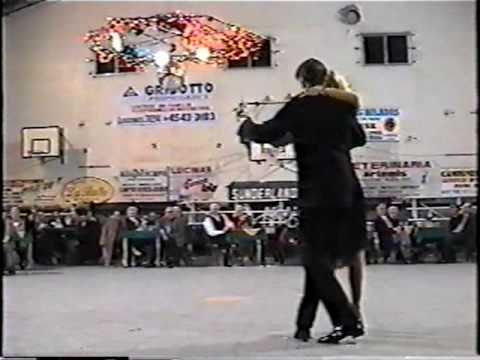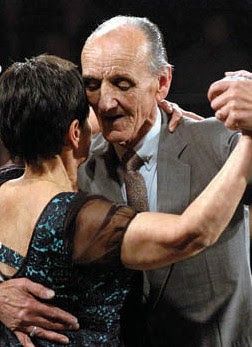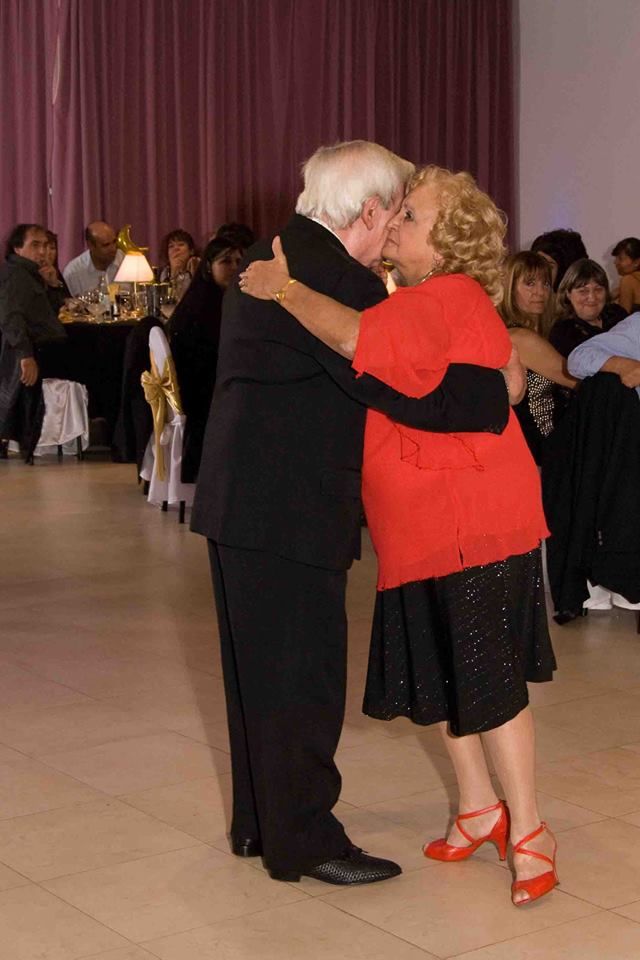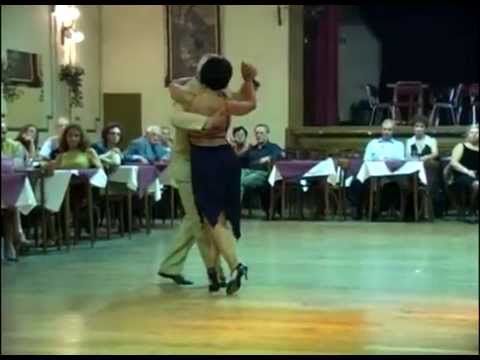Muma & Flaco Dany
Muma & Flaco Dany dancing at Sunderland, 2001.
Muma Valino
Muma is a master of dancing tango in the intimate “close embrace” of the milongas and dance floors of Buenos Aires, where she grew up and still lives today. The daughter of a well-established tango family, the likes of Alberto Castillo and Ricardo Tanturi were frequent visitors to her childhood home, and her mother was a singer with the orchestra of Francisco Lomuto.
In her own time, Muma has been a cherished dance partner of several of the most renowned + influential social dancers of her generation — among them, Osvaldo Natucci, Fernando Hector Iturrieta, and Dani “El Flaco” García — and with these and others, Muma has helped create a vital “living bridge” between the Golden Age of tango’s storied past, and the dance we continue to explore, create and enjoy together today.
In this regard, , Muma is perhaps most widely known for her many years of dancing and teaching with the legendary milonguero Ricardo Vidort, who began as a teenager in Buenos Aires in the 1940s, and passed away in 2006, after more than 60 years in tango.
Flaco Dany García
I came to know El Flaco Dany when the documentary Leyendas del tango danza was premiered, at the Marabú, not long ago, and his looks, the friendliness of his gestures and his charm attracted my attention: he seemed to be what in our neighborhood we would call a player. He is one of the dancers who are starred in a movie shot to pay homage to the great milongueros, produced by The Argentine Tango Society and made by Daniel Tonelli and Marcelo Turrisi.
His real name is Daniel García, but we all know him as El Flaco Dany, an icon of the milonga con traspié throughout the world. A prototypical porteño, he was born in the neighborhood of La Paternal; today he splits his time between Europe and Argentina, more precisely, between Bucharest and Buenos Aires. Continue reading.




